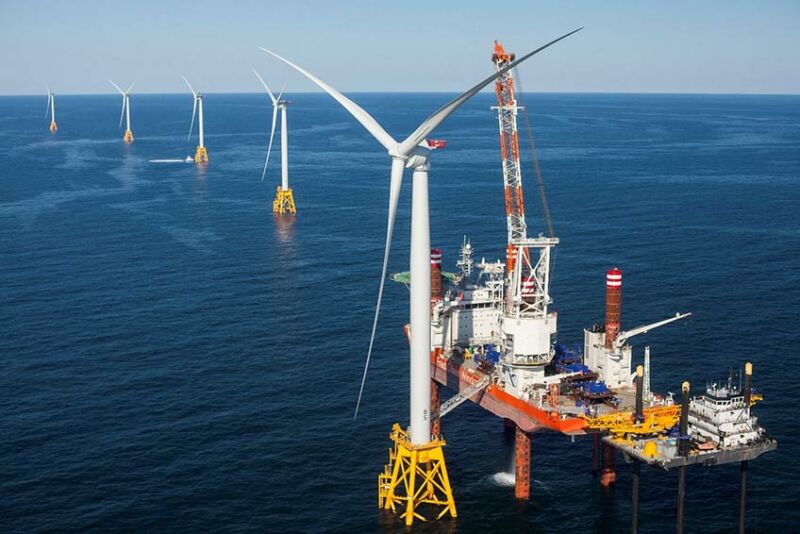Climate laws correlate with lower emissions per GDP
Ars Technica » Scientific Method 2020-07-15

Enlarge (credit: Deepwater Wind)
Up until recently, the cost of renewable power generation has been higher than that of traditional fossil fuel plants. As a result, much of the initial growth of renewable energy has been driven by policy: laws that limit emissions, set renewable energy standards, or subsidize the use of low-emissions power sources. And that period of growth occurred at a time where global emissions were still rising dramatically, raising questions about whether the policies were having significant effects.
A pair of UK-based researchers, Shaikh Eskander and Sam Fankhauser, have attempted to find out. The two use a comprehensive database of existing climate laws to try to compare the presence of climate-friendly policies to outcomes. While their approach has some significant limitations, they find a correlation between measures of lowered emissions and the passage of laws meant to address climate change. If the correlation they detect reflects actual causality, the result implies that legislation is now dropping global emissions by the equivalent of the US' output.
Follow the law
For the new work, Eskander and Fankhauser rely on a comprehensive database called Climate Change Laws of the World. This allowed them to track both laws and executive orders directed toward addressing climate change in 133 countries, as well as the European Union as a whole. After eliminating the ones directed toward adapting to the changing climate, they were left with about 1,100 relevant laws, enacted over the period of 1999 to 2016.